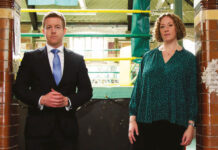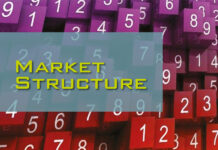Helping traders to think like engineers
The gap between the technology a trading team wants and the technology it gets is often wide; helping them to engage earlier in IT development can build better systems. Dan Barnes reports.
Coding is not in the skill set of most traders, but as markets become increasingly electronic they need to effectively engage with technology. If traders can be helped to re-engineer processes more directly, it can be a huge advantage for asset managers, particularly in the fixed income trading space.
“You need traders on the desk who understand the fundamentals and trading skills but also have that drive to solve some of the inefficiencies in the market – and there are a lot of them,” says Jim Switzer, global head of fixed income trading at asset manager AllianceBernstein.
Finding the right approach to technology build and development is crucial. It will depend upon the size of a firm, the resources available, the make-up of its team and the instruments traded. It will also depend upon the technology providers used, and the flexibility they have in delivering and adapting their solutions.
Stuart Campbell, head of trading at fixed income house BlueBay Asset Management, says, “There are cost pressures on our business, and there are continually evolving fintech offerings, so as a trader you have to continually adapt to look for efficiencies. They typically come in the form of electronic solutions, such as rules-based algorithms or engines, running in the background, to optimise what the trader can see in the market.”
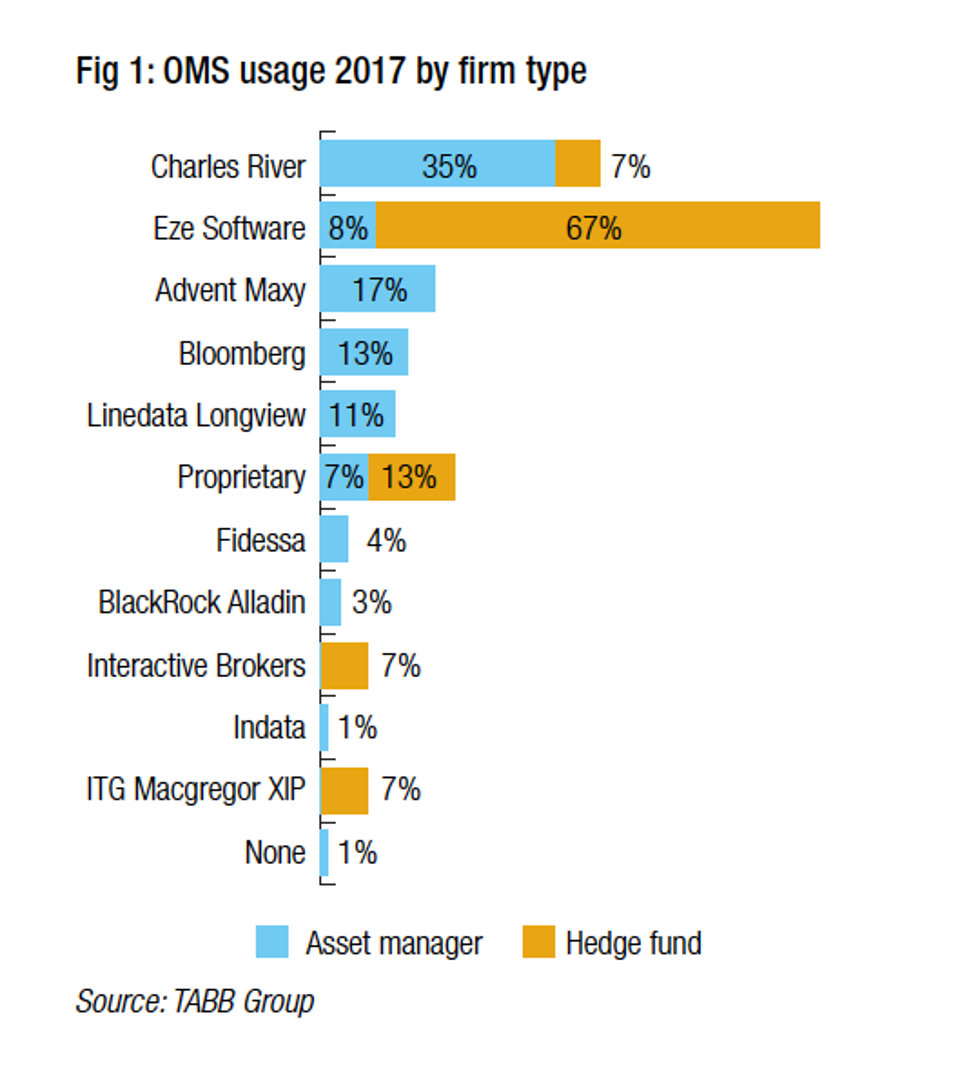
If the equity market is made of several hubs surrounded by spokes, the bond market looks more like interconnected spider webs, with few natural centres. As a result the tools on the traders desk often have to become the hub for information. Data or liquidity aggregators must manually connect across lots of parts of the market to find axes and orders, to support the traders’ key tasks of price formation and liquidity aggregation.
On the trading desk, this is achieved on behalf of the trader by a combination of tools: the order management system (OMS); the execution management system (EMS), if one is used; and data feeds/aggregators, which together comprise the tools found on-screen for a trader.
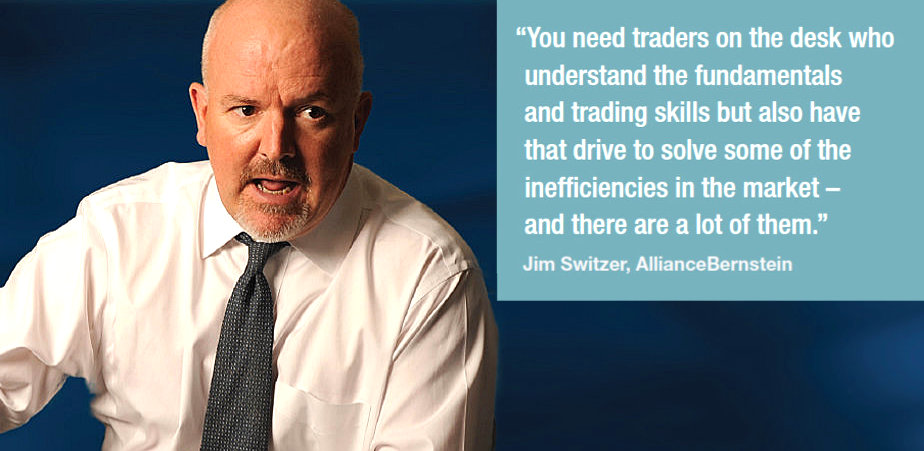
The OMS (see Fig 1) sits between the trader and portfolio manager providing a flow of data between the dealing and investment processes, and can provide connectivity to the wider market.
EMSs, which are more specifically used to support trade execution and analysis, provide connectivity to the market, but are rarely used in bond trading largely due to their cost. Some have used partnerships with OMS providers, such as TradingScreen’s alliance with SimCorp, to support greater functionality.
Data tools are enormously varied, and range from the Bloomberg terminal with a host of inbuilt functionality, to homegrown internal data stores and analysis.
As Larry Tabb, CEO of analyst firm TABB Group noted in a May 2018 report, “The key to most funds’ success will revolve around efficiency – executional, operational, and organisational, with the key to survival revolving around the OMS.”
Co-ordinated effort
TABB Group estimates that the global market for buy-side execution infrastructure is approximately US$5.5 billion, including proprietary software development which it says is primarily comprised of EMS, OMS, and transaction cost analysis (TCA) spending. The firm estimates the overall market will grow at approximately 4.95% compound annual growth rate (CAGR) over the next three years, set against a 3.6% CAGR during the same period for total buy-side spend. However, the fixed income EMS/OMS market is expected to grow at a three-year CAGR of 8.2% (see Fig 2).
Yet the buy-side’s OMS solutions are often bemoaned for their age, lack of functionality and connectivity challenges. To provide the functionality they need, asset managers often have to work on customising a commercially available tool to fit their specific needs. That cannot happen without the insights of the trading team.
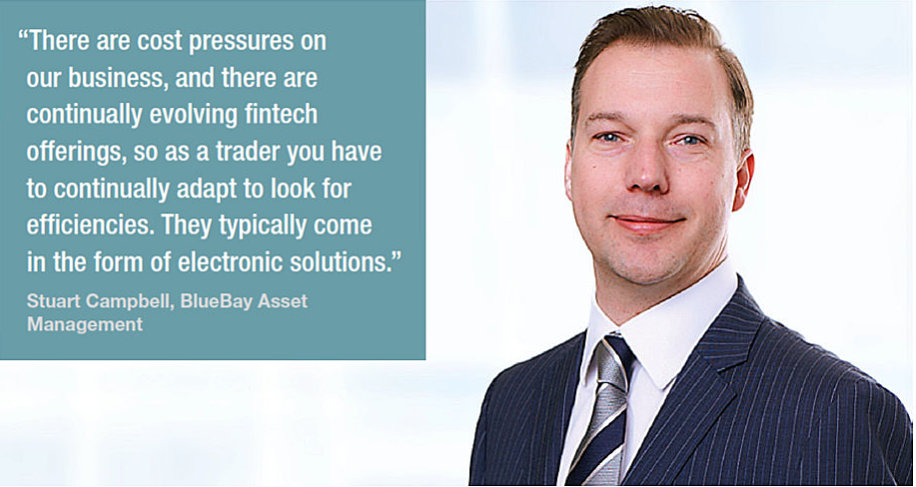
As the head of front office technology at a large European asset manager notes, “They should really be there early on in the process, when setting the specifications and building-up phase of it. We have just put in the Aladdin order management system and a compliance monitoring tool as well, and we were all working on that together for quite a while.”
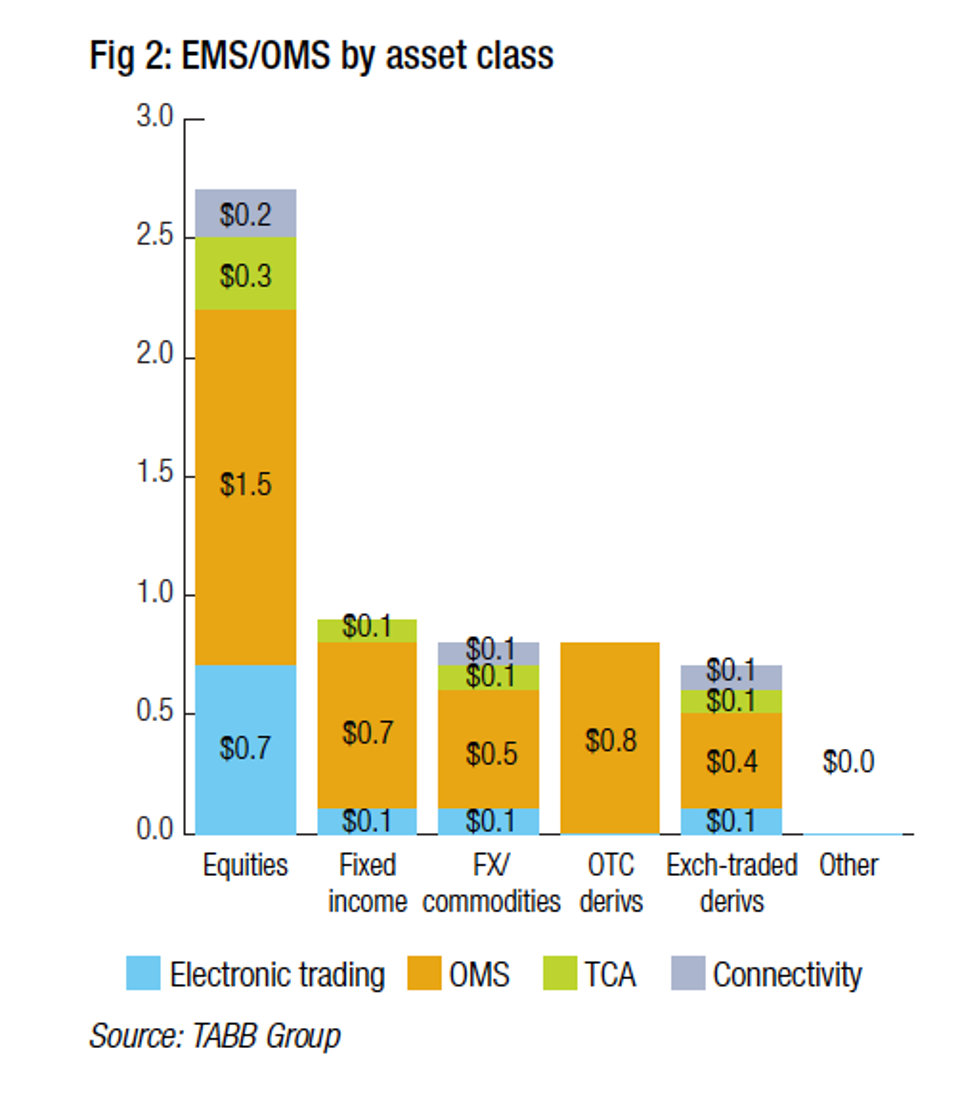
Having a dedicated technology support is a must-have for front office to start moving forwards rather than simply keeping afloat.
“In recent years I have had a close collaboration with the technical team,” says Campbell. “We have front office technical staff sitting beside me and we are in constant dialogue with them, either finding answers to problems or helping me evaluate situations that require technological solutions. From missing FIX tags to unpopulated legal entity identifier fields, I can rely on the technical team to problem solve. We can collaborate and I don’t have to re-skill.”
Working together in this way can deliver great results, but needs to be carefully managed given the cultural gap between IT and front office capital markets.
“There are different skill sets between trading and technology and it can require a lot of effort to get both sides to play nicely with each other,” says John Greenan, CEO of Alignment Systems. “You [as a technologist] cannot be geeky and socially awkward, you have to have a bit of personality. Traders tend to be loud and aggressive and if you can’t deal with that, you can’t deliver.”
Development and success
The methodology used to develop technology has a material impact on the way that traders can support the process. Historically the ‘Waterfall’ method was used, which required a specification to be set out and then a staged development process that resulted in a solution, which could then be tested by users. A more modern approach is the ‘Agile’ methodology which is more consultative and allows the developers to have users testing at multiple stages in the development cycle. That has the advantage of finding problems earlier and helping the developers to iron them out.
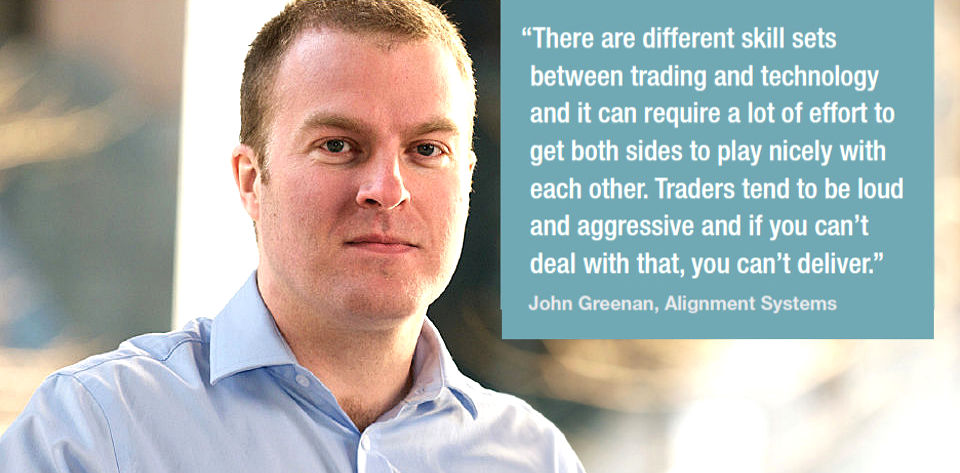
“Agile development is all about empowering team members and empowering them on the front lines, dealing with the problems,” says Switzer. “It is not to let fixed income technology solve the problem for them, but for them to tell fixed income technology what the problem is and to work together on these solutions.”
Campbell notes that the use of more integrated IT development has yielded results, such as automating straight-through processing for the firm’s CDX/CDS index trading.
“That was made possible with the work of a couple of venues, plus developers and OMS provider Charles River,” he says. “We put things in place such as a pre-trade broker selection tool that shows how the CDS index will need to be traded. For example, whether some will need to be traded bilaterally, or on a venue. It will inform us whether those that are on venue can clear through ICE Europe or ICE US, and in which case which size of ticket would be permissible with a given bank or whether more could be traded over a venue. It is a real advantage for us.”
It is not a change that can be made overnight. Two obvious hurdles are budget and priority, which trading teams often find are on their wrong side.
“Portfolio managers are thinking in terms of percentage points, the trading team is thinking in basis points, and so the investment function often doesn’t want to spend the money to support the trading function,” says Greenan. “If firms have restrictive salary brackets in which they fit in-house technologists, they will struggle to get the skills to resolve the technology problems in the front office. If you pay below market, you will not get good coders. These are skills which are transferable, it is a seller’s market.”
These restrictions mean that it is not enough to rely on the IT team as a resource; traders must see their operations through an engineering lens in order to better their situation.
“You have to look beyond the technology you are presented with, and understand whether there might be advantages that you might not see upfront, a pivot to turn that into what you need. That way of understanding technology can mean a change in mindset for traders.”
As Greenan observes, “You have got to get engineers to think like traders and traders to think like engineers if you are going to get true value.”
©TheDESK 2018
TOP OF PAGE











